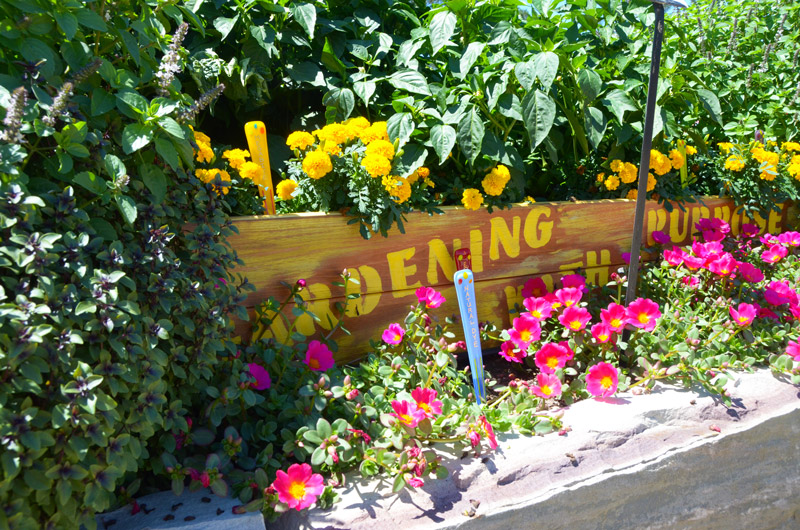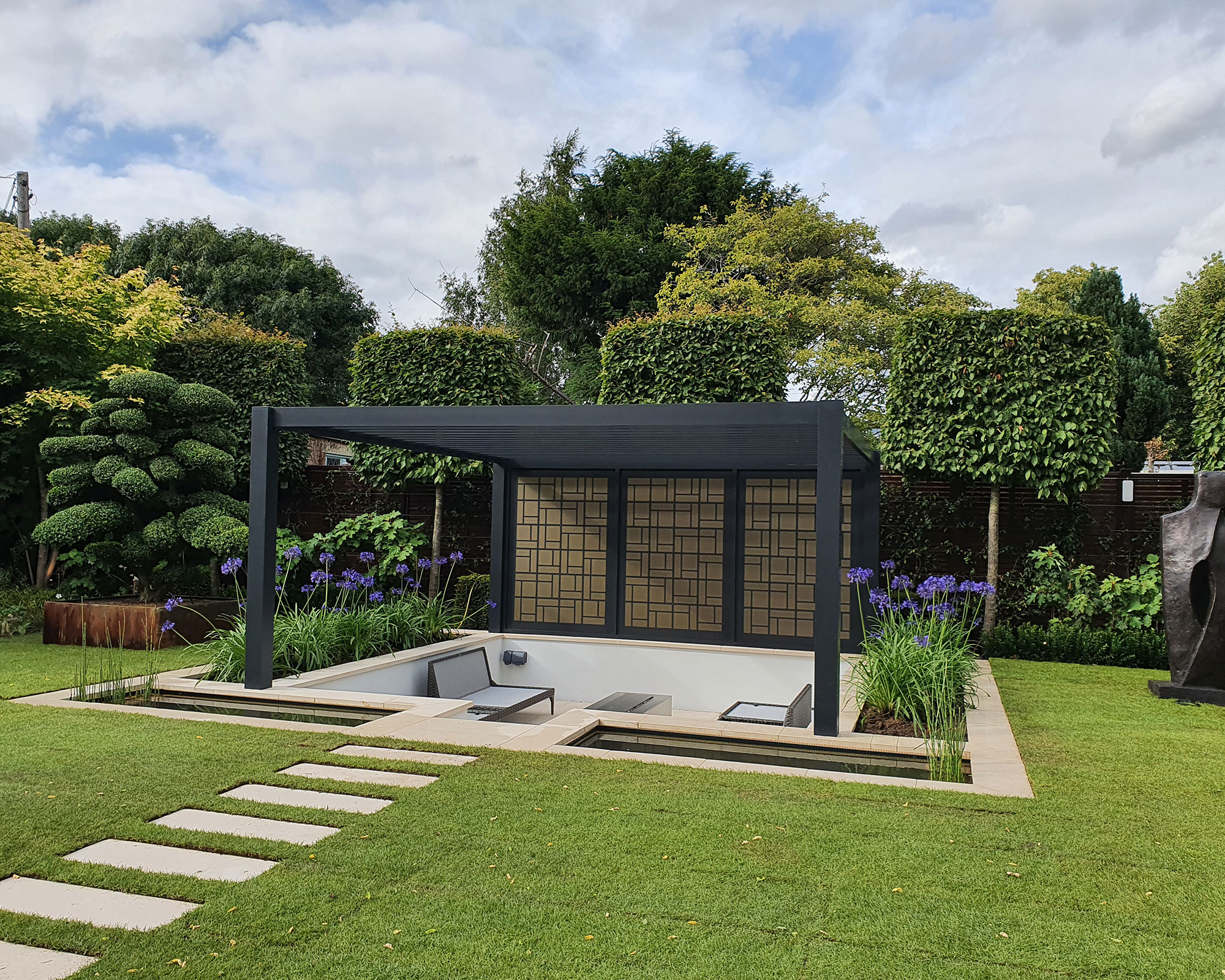Examine This Report on Hilton Head Landscapes
Examine This Report on Hilton Head Landscapes
Blog Article
The Facts About Hilton Head Landscapes Revealed
Table of ContentsAll about Hilton Head LandscapesA Biased View of Hilton Head LandscapesSome Ideas on Hilton Head Landscapes You Need To KnowThe Buzz on Hilton Head LandscapesA Biased View of Hilton Head LandscapesHilton Head Landscapes Fundamentals ExplainedThe Greatest Guide To Hilton Head LandscapesThe Best Strategy To Use For Hilton Head Landscapes
Kind compatibility is additionally a major component of unity in designone or 2 noticeably different kinds benefit comparison and focus, however normally all various other types must have some similarities for an unified look. Structure describes exactly how rugged or fine the surface area of the plant or hardscape product really feels and/or looks.
Instances of plants with rugged appearance consist of philodendrons, agaves, bromeliads, hollies, palms, and hydrangeas. Attributes that create great structure consist of little vegetation; thin, strappy leaves (yards) or tall, thin stems; small, dense branches and small branches; long stems (vines); and small, fragile blossoms.
The Hilton Head Landscapes PDFs
A lot of plants are average texture, in that they can not be referred to as having either coarse or fine structure. They are identified by medium-sized leaves with easy shapes and smooth edges. The average-sized branches are not largely spaced neither widely spaced, and the general kind is usually rounded or mounding. Medium-textured plants work as a history to link and combine the rugged- and fine-textured plants.

To make a room really feel smaller, place the coarse textures along the external perimeter and the great textures closest to the customer. The information of the crude texture makes the plants appear closer and makes the area feel smaller. The perceived structure of plants can likewise alter with the distance from the plant.
The 10-Second Trick For Hilton Head Landscapes
Strong colors raise the comparison and make the texture show up coarser, while soft colors can squash structure. Hardscape with a coarse texturesuch as really rough rocks and vibrant, large timberstends to make all plant material show up much more medium textured. Designers commonly develop a texture research (Figure 8) theoretically to aid make a decision the arrangement of plant products.
Color in plant product and hardscape includes passion and variety to the landscape. Shade is the most obvious aspect in the landscape and is usually the focus of a lot of homeowners; however, it is likewise the most short-lived element, generally lasting only a few weeks a year for specific plants.
The 6-Minute Rule for Hilton Head Landscapes
A simple description of the color wheel includes the three primary colors of red, blue, and yellow; the three secondary shades (a mix of 2 primaries) of environment-friendly, orange, and violet; and 6 tertiary shades (a mix of one adjacent primary and secondary shade), such as red-orange. Color theory describes the partnership of shades per various other and just how they need to be used in a composition.

Comparable (sometimes called harmonious) shade schemes are any type of 3 to 5 shades that are adjacent on the color wheel, such as red, red-orange, orange, yellow-orange, and yellow, or blue, blue-violet, and violet (Landscapers near me). The shades relate to each other since they generally include two primaries blended to create a second and 2 tertiary shades, which implies they share common homes
Corresponding colors are typically found naturally in flowers; an usual set is yellow and violet. Color is discovered in the flowers, vegetation, bark, and fruit of plants.
The Best Strategy To Use For Hilton Head Landscapes
Green vegetation in all its various tones is the dominant shade by quantity, however various other shades capture interest much more easily due to their high comparison to the shade green. Shade is additionally found in structures, rocks, pavers, wood, and furnishings. Most colors in natural materials, such as stone and timber, are usually muted and have a tendency to be variants of brownish, tan, and light yellow.
Shades have properties that can influence emotions, spatial perception, light quality, equilibrium, and focus. Cool colors often tend to be relaxing and need to be made use of in locations for relaxation and calmness.
Rumored Buzz on Hilton Head Landscapes
The "temperature" of shades can additionally impact the understanding of range. Trendy colors have a tendency to recede and are regarded as being further away, making a room feel bigger. Warm shades have a tendency to advancement and are regarded as being more detailed, making an area feel smaller. Shade can likewise be used to catch attention and straight sights.
Bright yellow, which has the highest strength, additionally has a high contrast with all other shades (frequently explained as a "pop" of shade) and should be used sparingly. A percentage of extreme shade has as much aesthetic weight as a large quantity of a more subdued or weak shade.
Comparable (occasionally called harmonious) color design are any kind of 3 to 5 shades that are surrounding on the shade wheel, such as red, red-orange, orange, yellow-orange, and yellow, or blue, blue-violet, and violet. The colors relate to each other since they commonly include 2 key shades blended to create a second and 2 tertiary shades, which suggests they share typical residential or commercial properties.
Hilton Head Landscapes for Beginners
They have a tendency to have high comparison between them. The most usual sets are violet and yellow, red and green, and blue and orange. Complementary shades are commonly found normally in blossoms; a common set is yellow and violet. Shade is discovered in the flowers, vegetation, bark, and fruit of plants.
Green vegetation in all its various shades is the leading color by amount, however various other colors capture focus quicker as a result of their high comparison to the color green - landscaping hilton head sc - https://filesharingtalk.com/members/598268-h1tnhdlndscps. Shade is additionally discovered in structures, rocks, pavers, timber, and furniture. The majority of colors in all-natural materials, such as rock and wood, are typically soft and have a tendency to be variants of brown, tan, and light yellow
Unknown Facts About Hilton Head Landscapes
Shade is an essential element for producing passion and variety in the landscape. Colors have residential properties that can impact feelings, spatial assumption, light top quality, balance, and emphasis. One property of color is defined about temperaturecolors appear to be great or cozy and can impact feelings or sensations. Awesome colors tend to be calming and ought to be utilized in areas for leisure and serenity.
Great colors tend to decline and are perceived as being further away, making an area feel bigger. Shade can likewise be made use of to catch focus and direct views - https://www.figma.com/design/CqNShAPJ75DpMEeGt0LfQR/Untitled?t=lZt5bM9P0avBSZvk-1.
Intense yellow, which has the greatest intensity, additionally has a high comparison with all various other shades anchor (commonly explained as a "pop" of shade) and should be utilized moderately. A percentage of extreme color has as much aesthetic weight as a large quantity of a much more controlled or weak color.
Report this page